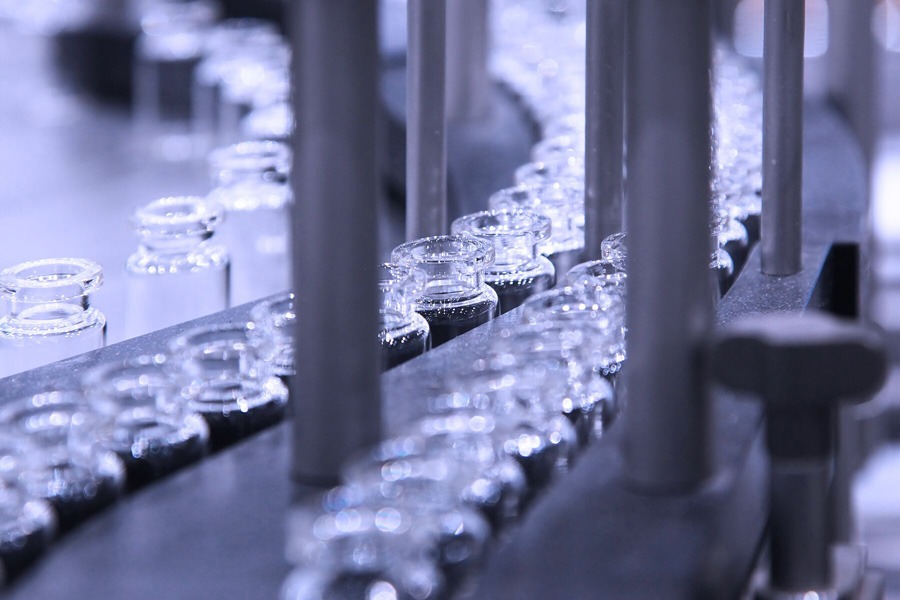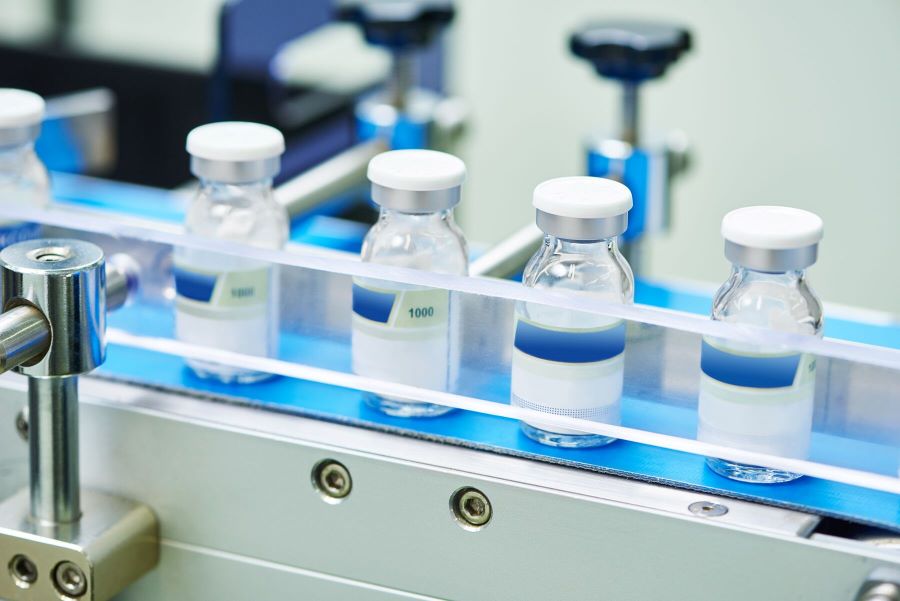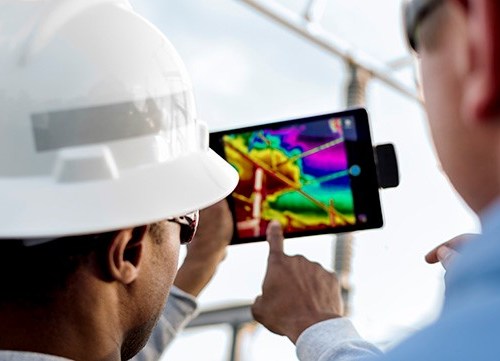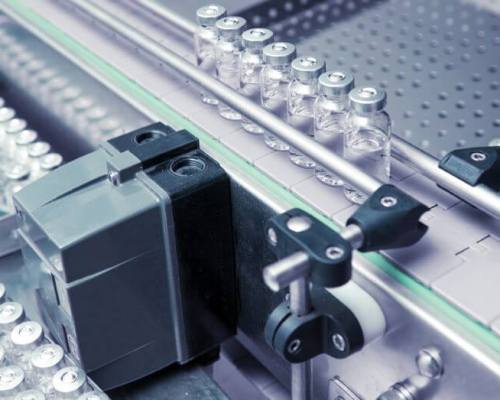Integrating Energy Resiliency in Business Continuity Plans

A pharmaceutical manufacturer’s energy assets are the invisible lifeline that ensure continued success, providing everything from 24/7 temperature and air quality control to seamless automated production.
But poor power quality and outages can easily threaten those systems, potentially impacting testing, product quality and the speed at which you’re able to deliver products.
If your business continuity plan doesn’t include energy resilience, you’re leaving your company vulnerable to downtime that can have a lasting impact on the success of your organization.
Keep reading to learn why your business continuity plan must start and end with energy resilience – and how that prioritization can boost your operational resiliency, emergency planning and product integrity.
Why is energy resiliency important to business continuity?
In pharmaceutical manufacturing, just one power fluctuation or point of failure can cause countless problems for your entire automated process.
But if your business continuity plan largely focuses on recovery efforts, you’re overlooking the most important aspect of emergency planning: energy resilience, the proactive planning approach that insulates your company from the most common causes of downtime.
Planning for and investing in energy resilience – rather than simply reacting to power fluctuations and outages – helps to decrease volatility, continue sustainable growth and protect your company’s reputation from the lasting effects of downtime. It also signals to employees, customers and stakeholders that your company is proactive, agile and better prepared to adapt to whatever emergencies come your way.
When included as the cornerstone of your business continuity plan, energy resilience better protects your business from unexpected production stoppages while boosting your emergency planning and recovery efforts.
Without that prioritization, power fluctuations and downtime may result in wasted time and product. And wasted time and product can mean wasted revenue – and the loss of your company’s competitive edge.
Energy resilience: The best protection against worst-case scenarios

Most executives consider severe weather to be one of the most pressing threats to their facility’s operations.
And with good reason: Weather is the leading cause of power outages in many regions. In 2022, nearly 20 separate disasters in the U.S. caused a total of $165 billion in damages.
But severe weather doesn’t pose the only threat to your operations.
Equipment failure – most often caused by overlooked and undermaintained energy assets — is an invisible risk that wreaks havoc on your operations, potentially halting production and impacting sensitive testing requirements.
And with a growing industry need for more continuous processing – which requires more automated control equipment with higher power quality needs — poor power quality can be just as catastrophic on process reliability and may result in data errors or manual resets to sophisticated automated systems.
While many manufacturers are unable to accurately estimate their total downtime costs, here’s what we do know:
- 44% of respondents in a 2021 survey of commercial and industrial (C&I) companies reported losing power at least monthly, with 60% of those outages lasting up to 59 minutes.
- 22% of respondents in that same study reported losing $100,000 or more per typical outage, with 80% of those companies experiencing outages at least every month. That’s an annual loss of at least $1.2 million!
Emergency recovery efforts in your business continuity plan may help to mitigate negative impacts.
But when power outages and fluctuations affect the supply chain and sensitive testing requirements, it can potentially threaten your brand and product integrity. That’s on top of potential stock price/investment losses and increased fees.
Does your business continuity plan accurately reflect the risk that you and your investors/stakeholders are willing to take on?
How to incorporate energy resiliency into your business continuity plans
Some companies attempt to boost power quality by installing and maintaining backup power solutions, such as uninterruptible power supply systems and generators. These solutions are key to helping ensure their automated operations are receiving the critical power it needs to better ensure quality product.
But simply adding a generator to your facility isn’t an energy resiliency plan on its own. Maintenance teams who try to piecemeal these critical assets often find themselves:
- Lacking the technical expertise or bandwidth to maintain equipment regularly, leaving signs of failure going unnoticed until a lengthy and costly operational shutdown occurs.
- Maintaining the equipment through a rigorous schedule. This is on top of scrambling to find parts for outdated equipment as well as deal with rising maintenance costs and the loss of technical expertise due to staff shortages. This may result in a lack of attention to other assets that support core business needs.
When you combine critical backup power solutions with a managed energy service from a trusted energy provider, you’re getting a true energy resiliency plan that helps to better ensure operational integrity, technical expertise and relief for your team from the burden (and risk) of maintaining aging and out-of-warranty assets.
Here’s how to incorporate a managed energy service and backup power into your energy resiliency plan:
Step 1: Identify energy risks: A risk-based assessment with a trusted energy provider will help to identify potential power quality disruptions. This will provide you with more insight into the likelihood of outages, the impact power quality can have on your systems and processes and the types of backup generation you may need to protect your critical operations.
Step 2: Incorporate energy resiliency: Through a managed energy service, highly experienced energy professionals don’t only design and install a comprehensive backup generation system, they also provide regular, ongoing maintenance for a predictable monthly payment. This leads to increased production uptime, improved compliance with FDA power quality requirements, extended lifetime of electrical equipment and uninterrupted, stable production.
Step 3: Create an emergency plan: Advanced analytics and 24/7 remote monitoring from the managed energy service provide you with the best available insights into how to maximize reliability, better predict how downtime will impact your organization and plan more efficient emergency response efforts.
Step 4: Get back to your core business: When power outages occur, you already have the insight to drastically reduce worst-case scenarios. Your emergency recovery plan is now more efficient, helping you to focus on core business needs during emergencies instead of scrambling to prepare for downtime. That leaves you better able to rebound faster than competitors who have not invested in reliable backup power and regular, ongoing maintenance.
Let us help you integrate energy resilience in your business continuity plan
Leading pharmaceutical manufacturers nationwide – like Grifols, Bausch & Lomb and FUJIFILM Diosynth Biotechnologies – are already taking steps to incorporate energy resiliency into their business continuity plans.
You can, too.
Our team at Duke Energy Sustainable Solutions will round out your business continuity plans, providing you with right-sized resiliency solutions like backup power, UPS and electrical infrastructure. When we design, build, own, operate and manage your energy assets, you’ll get:
- Freed up capital, which shifts your energy projects from a capital expenditure to an operating expense
- Professional power expertise from an organization with more than 20 years of experience
- Cost predictability that helps to protect you from rising costs and inflation
Contact us today, and we’ll help you craft a business continuity plan that can best protect your company – no matter what comes your way.



